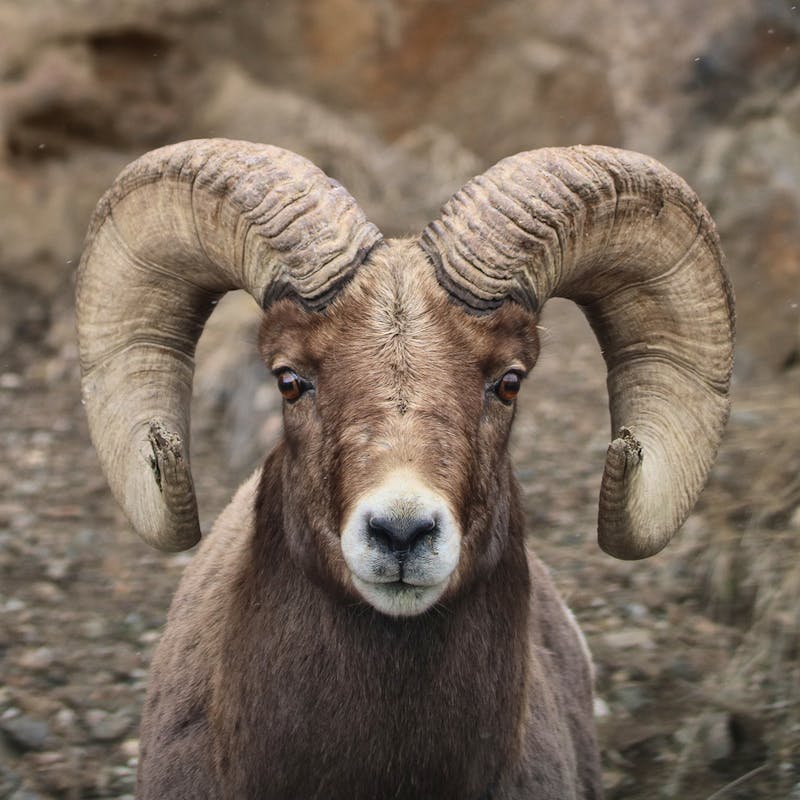Join our mobile Rapid Response Network!
You can be the first to hear about how we’re going to hold this administration accountable and how you can fight back for wildlife!
The Sonoran pronghorn, or "desert ghost" so named for its elusive ways, speed and desert haunts, is native to the Sonoran Desert of the United States and Mexico.
The fastest land mammal in North America, the Sonoran pronghorn is closely related to other pronghorn subspecies of the Great Plains and Great Basin, with top speeds approaching 60 miles per hour! Smaller and lighter in color than other pronghorn subspecies, the genetically and geographically unique Sonoran pronghorn is specially adapted for survival in the harsh arid conditions that characterize their home – desert washes, arroyos, grassland steppe and creosote scrub bajadas.
Never numerous, the endangered Sonoran pronghorn was extirpated from the California portion of its range by 1950, done in by overhunting, fencing, livestock grazing and critical water source development resulting in the loss of use by pronghorn.
Roadways, fencing, potentially canals, remote housing development, water source development or loss, competition with cattle, human vehicular recreation, mining disturbance, and increasingly severe, extended droughts associated with a changing climate are significant threats to Sonoran pronghorn.

Defenders' Impact
Since the desert ghost was first designated as an imperiled species in a precursor to the 1973 Endangered Species Act, Defenders has worked tirelessly advocating on behalf of recovery plan implementation. Defenders co-sponsored a Population Viability Analysis for the Sonoran pronghorn and has worked to compel wildlife and land management agencies to adopt a comprehensive, ecosystem-based approach to pronghorn management across multiple jurisdictions.
We are also working with the United States Fish and Wildlife Service (FWS), Arizona Game and Fish Department, California Department of Fish and Wildlife and numerous volunteer desert wildlife support groups to implement the Sonoran Pronghorn Recovery Plan’s prescription for the establishment of an experimental population of the desert ghost on the Chuckwalla Bench in southeastern California.
Following a Defenders’ lawsuit, the United States military adjusted its operations on the Barry M. Goldwater Range and Yuma Proving Grounds in Arizona—3 million acres of core Desert ghost range—by purposefully screening for pronghorn and delaying or moving its bombing, artillery and flight maneuvers, when the Sonoran pronghorn are present.
What You Can Do
Reduce your carbon emission footprint and advocate for planning recognizing the importance of climate change resilience and adaptation. Support the United States military and Arizona National Guard in managing their training reservations and coordinating with adjacent wildlife and land managers. Support the proposed California reintroduction of the endangered Sonoran pronghorn, the agency personnel who make this happen and the volunteer groups who will be key in making this reintroduction a success. Speak out for appropriate management of our public land that protects pronghorn habitat and oppose the border wall, which will further fragment habitat supporting the last remaining populations of the desert ghost.

About
Within its range, Sonoran pronghorn tend to prefer broad, alluvial valleys separated by granite mountains and mesas where they can spy their surroundings. Vegetation is scarce throughout most the Sonoran pronghorn's habitat due to limited rainfall. Currently the Sonoran pronghorn is confined four small remaining populations – two in southwest Arizona, and two separate populations in Mexico primarily within the El Pinacate y Gran Desierto de Altar Biosphere Reserve.
Approximately 160 Sonoran pronghorn remain in the United States and 240 are protected in Mexico.
Sonoran pronghorn evolved in unique ways to adapt to the harsh desert environment. For example, it can erect its stiff bristle-like body hair in patches to release body heat in extremely hot weather. The pronghorn’s exceptional speed and excellent vision help it to avoid predators and take advantage of scarce desert forage.
Does are ready to mate at 16 months; with bucks ready by one year of age.
Mating Season: September and October
Gestation: 250 days
Offspring: 1 fawn; twins when there is abundant food, which is uncommon.
Sonoran pronghorns eat herbs, cacti and desert grasses.
Read More About the Sonoran Pronghorn
News









